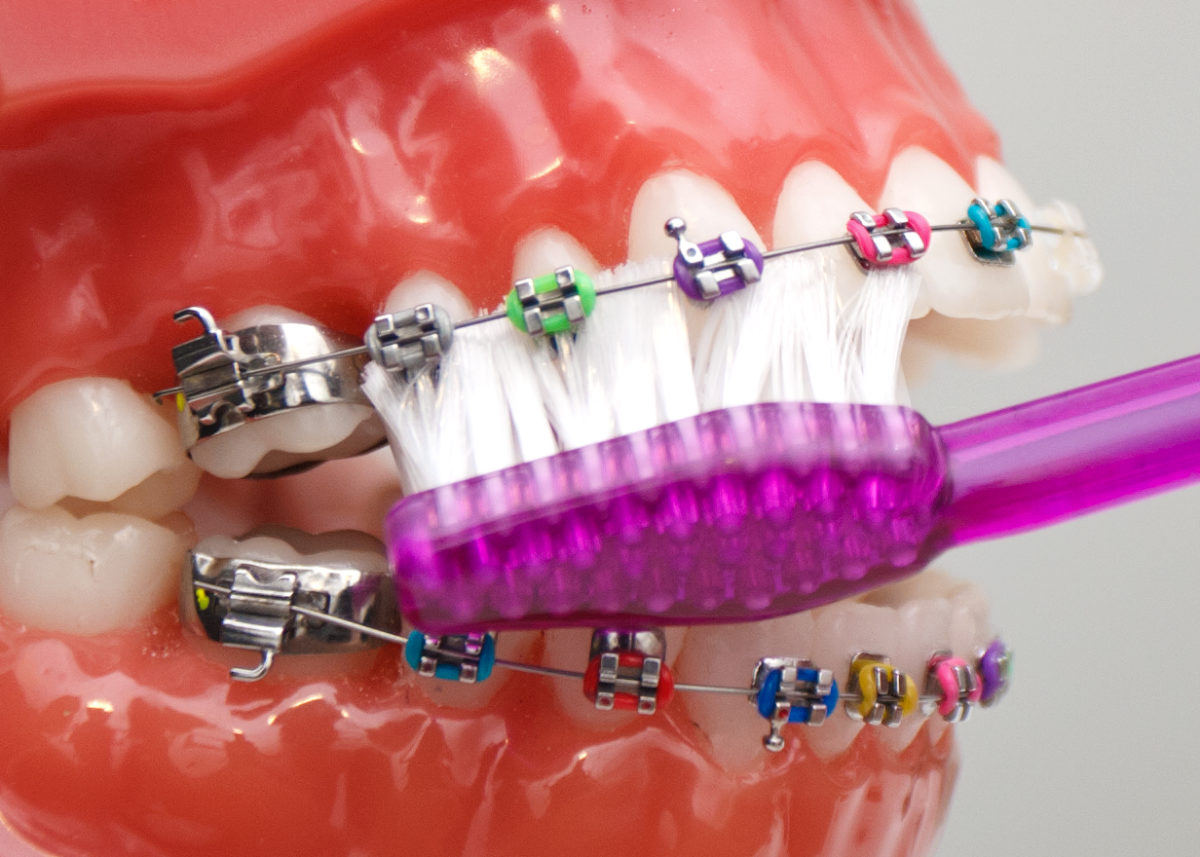How to Clean Different Kinds of Braces
Even if you wear braces, you can, and should, brush and floss your teeth consistently to keep them clean. Maintain a good oral care routine of twice-daily tooth brushing and daily flossing to keep your teeth looking their best, and they’ll look even better when your braces are removed .
Cleaning Different Kinds of Braces
In order to properly clean around braces, it can be helpful to know some of the most common types.
- Brackets: Most brackets are made of either stainless steel or a clear or tooth-colored plastic. The brackets are usually attached to the fronts of the teeth and a wire is passed through each one and adjusted by the orthodontist to provide the correct pressure.
- Lingual Brackets:These brackets are placed on the inside (tongue-facing side) of the teeth so they are not visible. However, they can be more difficult to keep clean.
- Traditional bands: These types of braces involve a metal band wrapped around each tooth to which the bracket is secured, but this style is rarely used today.
No matter what type of braces you have, the goal is the same—to apply constant pressure over time to move your teeth into correct alignment. Use floss threader or an orthodontic floss with a built-in tongue threader to help thread the floss under the main wire of the braces.
In addition, you can maintain your dental health while you’re wearing braces by using an interdental cleaner as an alternative to a standard toothbrush.
To learn more you can read more from Oral B.



